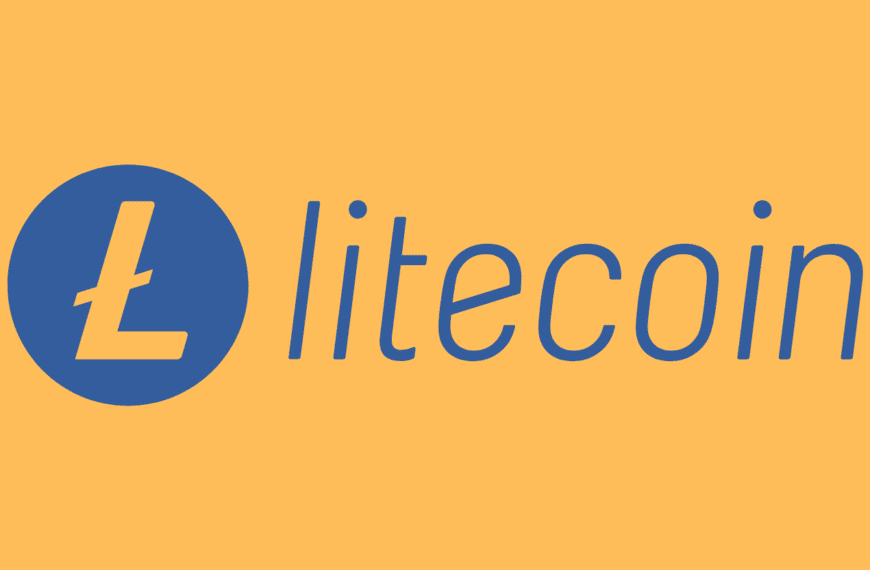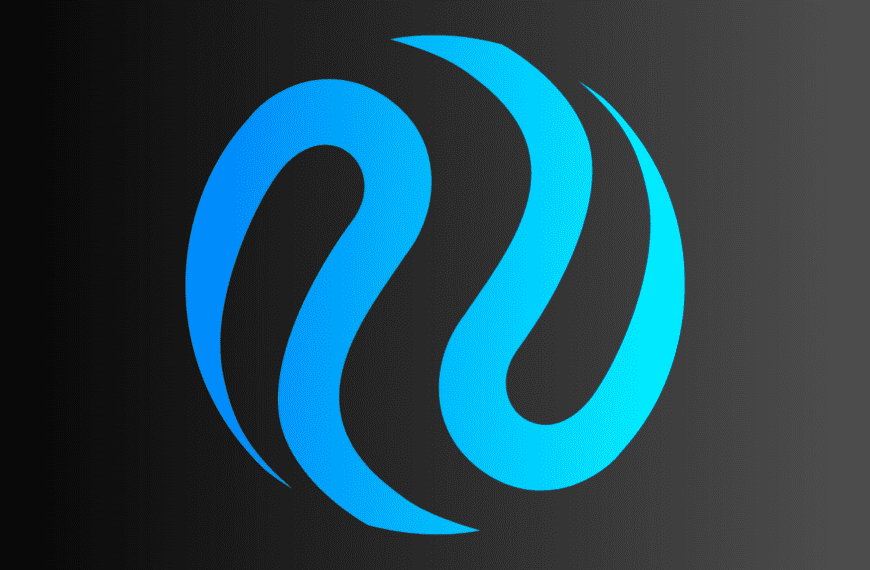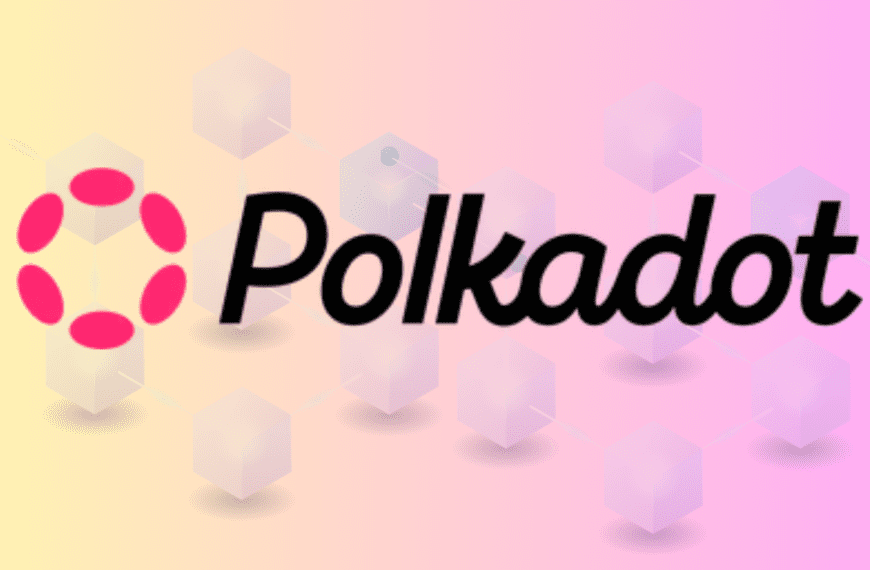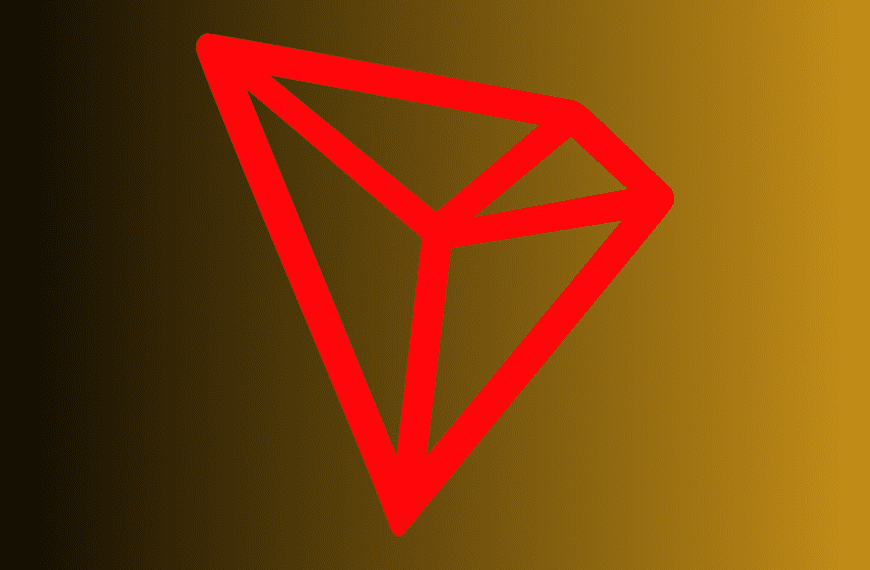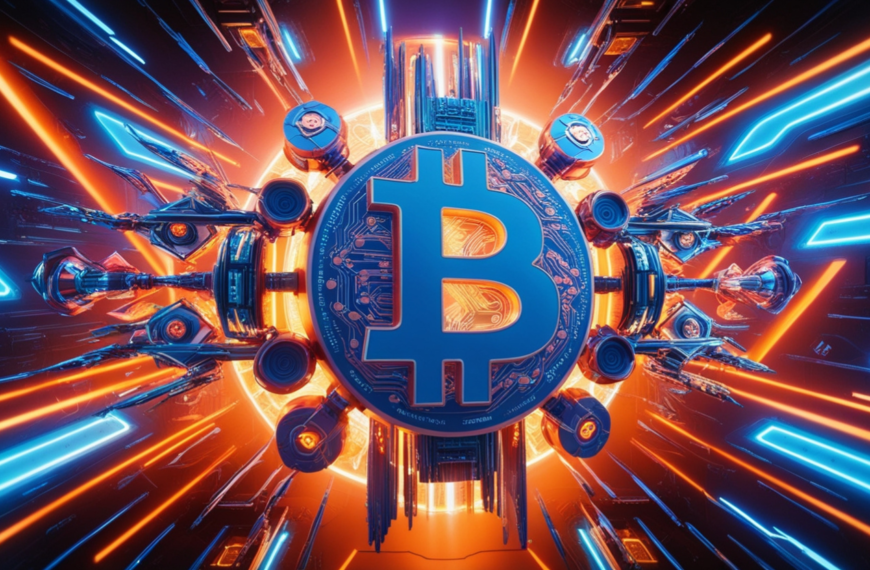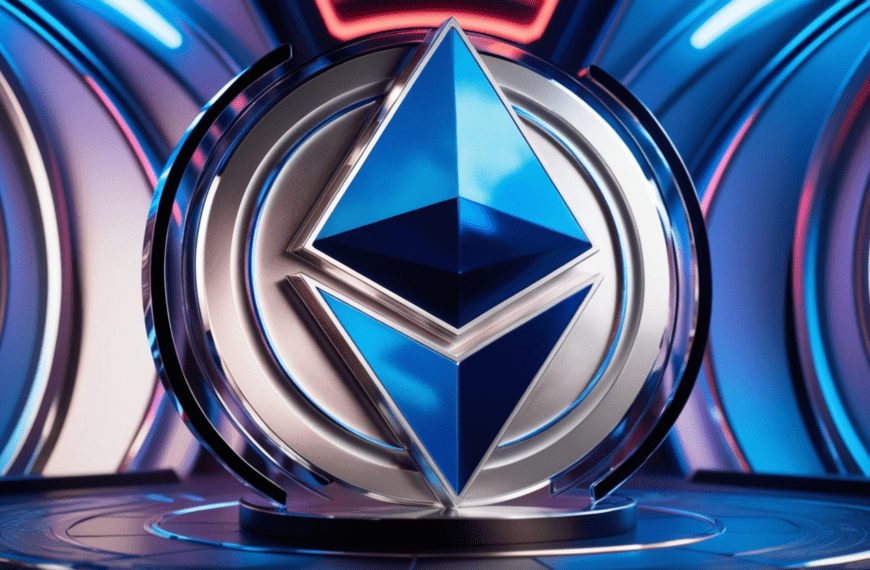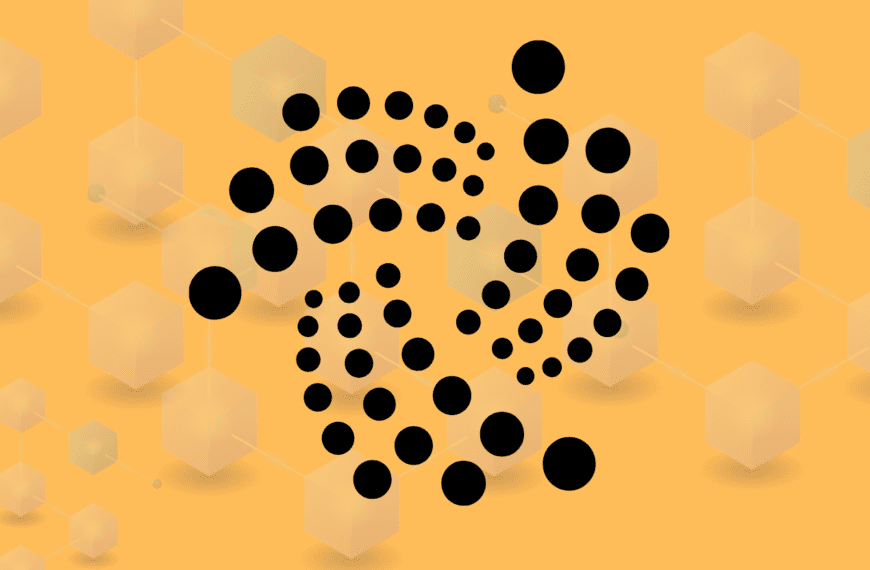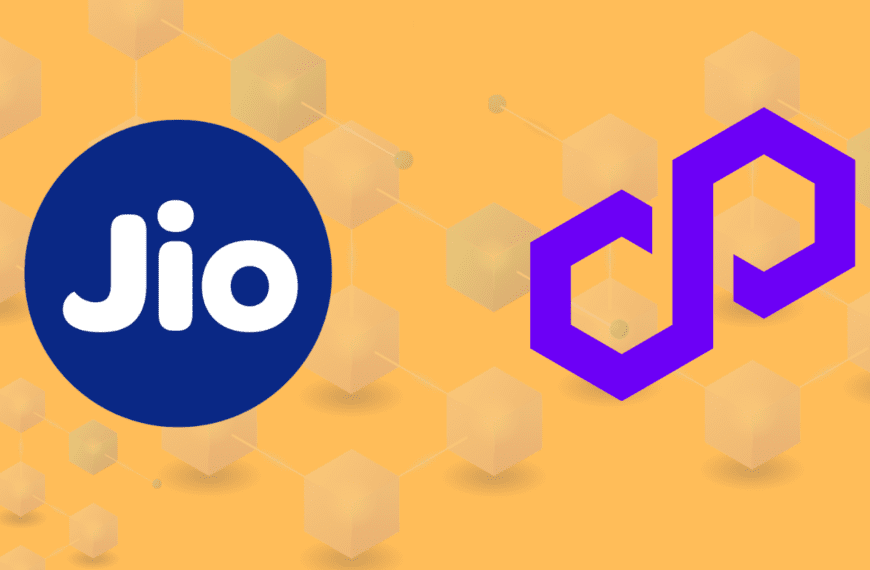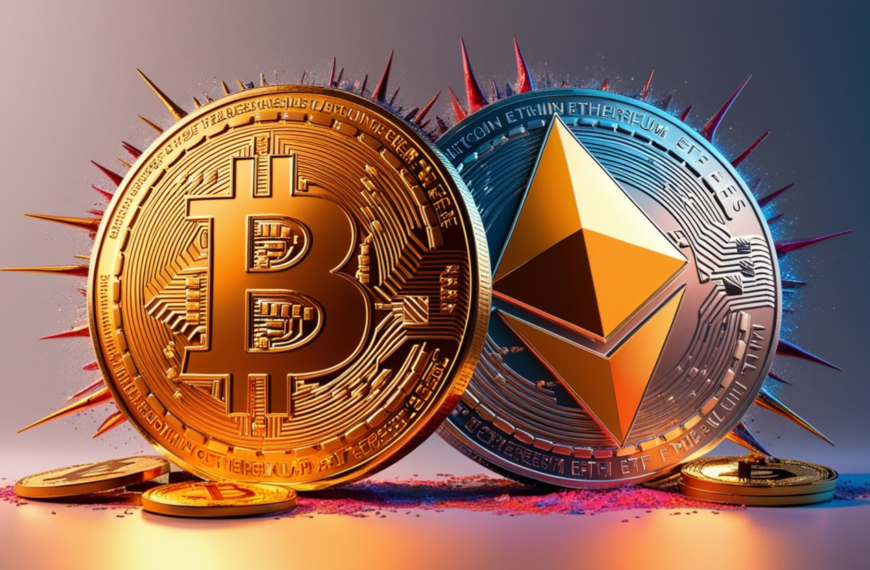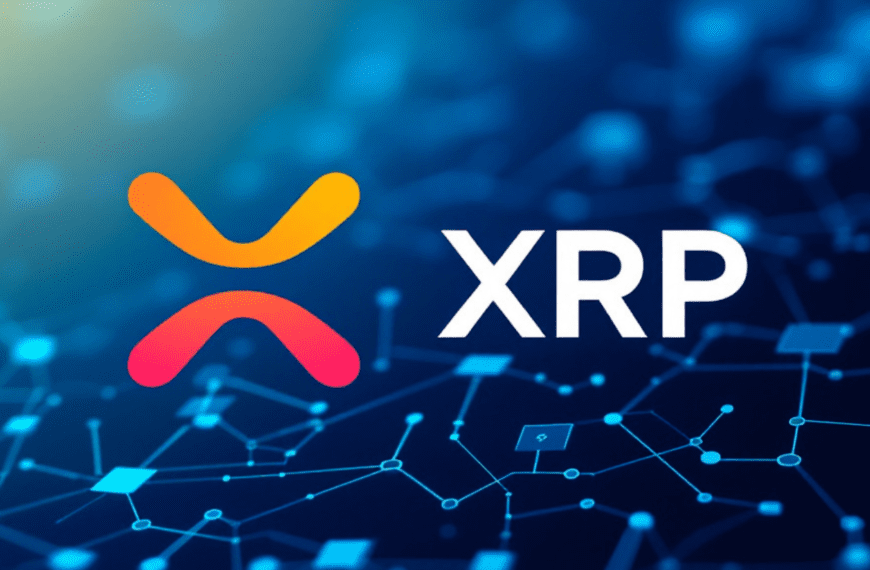Stellar (XLM) is a cryptocurrency that aims to make financial transactions faster, cheaper, and more accessible. It is an open-source, decentralized network built to help people and businesses send money across borders. It works in a similar way to Bitcoin or Ethereum but has a unique focus: facilitating low-cost, fast cross-border payments.

The Basics of Stellar
Stellar was created in 2014 by Jed McCaleb, who is also known for founding Mt. Gox and co-founding Ripple. McCaleb’s goal was to build a system that could allow people around the world to make payments more easily and efficiently. The Stellar network operates on a blockchain, just like Bitcoin, but it has several key differences.
Stellar’s native currency is called XLM, which is often referred to as Stellar Lumens. XLM is used to pay for transactions on the network and also helps to prevent spam or malicious activities. Unlike many other cryptocurrencies, XLM is not mined. Instead, the total supply of XLM was created in advance, with a portion of it distributed to early investors, developers, and the community.
Stellar’s network is designed to be scalable and energy-efficient, addressing some of the issues that other blockchain systems face. It supports various types of digital assets, making it a flexible platform for different use cases.
How Stellar Works
Stellar uses a consensus mechanism called the Stellar Consensus Protocol (SCP). This system is different from the proof-of-work method used by Bitcoin, which consumes a lot of energy. Instead, SCP relies on a method where nodes (computers running the network) agree on the state of the network by verifying transactions in a more efficient way. This makes Stellar much faster and less energy-intensive compared to other blockchains.
Stellar’s key feature is its ability to bridge different financial systems. It allows people to send and receive money in different currencies, all in a seamless process. Stellar connects various financial institutions and networks, enabling them to exchange assets and make payments to each other without intermediaries.
Stellar’s Main Use Cases
Stellar was created to make cross-border payments faster, cheaper, and more accessible. But there are several other use cases for the Stellar network that make it a powerful tool for financial inclusion. Below are some of the key use cases of Stellar (XLM):
1. Cross-Border Payments
One of the most important use cases for Stellar is cross-border payments. Sending money from one country to another can be expensive and slow using traditional banking systems. Banks and money transfer services typically charge high fees and take several days to process international payments.
Stellar addresses this problem by providing a way for people to send money across borders instantly and with very low fees. For example, if someone in the U.S. wants to send money to someone in India, they can use the Stellar network to exchange their currency for Indian Rupees (INR) at a much lower cost than traditional services.
Stellar has partnered with major organizations, including IBM and Deloitte, to offer blockchain-powered payment solutions for cross-border transactions. These partnerships help businesses transfer money across borders quickly, reducing the time and costs involved.
2. Financial Inclusion
One of Stellar’s core goals is to promote financial inclusion, particularly for people who are underserved by traditional banking systems. In many parts of the world, people don’t have access to a bank account or financial services. This makes it difficult for them to send or receive money, pay bills, or even save for the future.
Stellar helps solve this problem by allowing people to use their smartphones to send and receive money, even if they don’t have a bank account. With Stellar’s network, people can access financial services and participate in the global economy. This is especially important in developing countries where traditional banking infrastructure is lacking.
3. Tokenization of Assets
Stellar also supports the tokenization of assets, which means turning real-world assets like gold, real estate, or even company shares into digital tokens on the blockchain. These tokens can then be traded, bought, or sold on the Stellar network. Tokenization helps make these assets more accessible to a larger pool of investors and traders.
For example, a real estate developer could create a token representing ownership in a building. People around the world could then buy and sell these tokens, making it easier for investors to access previously illiquid assets. Tokenization helps increase market liquidity and opens up new investment opportunities.
4. Stablecoins
Stablecoins are digital currencies that are pegged to a stable asset, like the U.S. dollar or gold, to maintain a consistent value. Stellar is used by several projects to issue stablecoins. These stablecoins can be used for payments or to store value without the volatility of other cryptocurrencies like Bitcoin or Ethereum.
For example, USDC (a stablecoin pegged to the U.S. dollar) is available on the Stellar network. It offers a way for people to send and receive dollars without worrying about fluctuating prices, making it ideal for businesses and individuals who need to make stable, predictable transactions.
5. Smart Contracts
While Stellar is not as widely known for its smart contract capabilities as Ethereum, it still allows developers to create smart contracts on its network. Smart contracts are self-executing contracts with the terms of the agreement directly written into code. They automatically execute when certain conditions are met.
Developers can use Stellar to build decentralized applications (dApps) that rely on smart contracts. These applications can be used for a wide range of purposes, from decentralized finance (DeFi) platforms to supply chain management.
Also Read: What is XRP (Ripple)? How does it work and its use cases?
Conclusion
Stellar (XLM) is more than just a cryptocurrency. It is a powerful, open-source platform designed to make the global financial system faster, cheaper, and more accessible. Whether it’s facilitating cross-border payments, promoting financial inclusion, or enabling the tokenization of real-world assets, Stellar is making a significant impact on how people interact with money and finance.
The flexibility of Stellar’s platform, combined with its partnerships with major corporations, makes it a key player in the blockchain space. As the network continues to grow and evolve, it will likely play an even bigger role in transforming the way we send, receive, and store money in the future.
Also Read: What are the Stablecoins?
Disclaimer: The content provided here is for educational purposes only and is intended to raise awareness about cryptocurrency and blockchain technology. It should not be considered as financial or investment advice. Before investing in any cryptocurrency or token, we strongly encourage you to conduct thorough research, understand the associated risks, and make informed decisions (DYOR – Do Your Own Research). For detailed guidance, consult a qualified financial advisor.

